Differentiation of the different works and the commercial side of being an artist
With my works, one can first make a rough subdivision into commissions and works of art. In addition, the works can differ in their age of creation, there are of course many early works, which for example still come from my studies, these can be paintings, drawings, photographs and objects. But there are also new, current works of art, at the moment a prominent example would be the photographs of the half-timbered houses, which are even exhibited in New York in the Klompching Gallery. Then the artworks are differentiated by whether they are unique, multiples or editions. Of the unique pieces, there is always only one original, while the multiples are produced serially and are signed and numbered by the artist. In graphic art, for example, with zinc plates, this led to the prints made first having a much better quality than those made later, because the plate wore out after a while. This problem does not exist in the medium of photography, which I use. In photography, edition limits were only introduced in the 1970s - until then, photographs were not limited. The edition limits were a consequence of the art market, which only really got rolling at that time. There are different edition sizes, for me an edition of 20 was common in the beginning, but for more recent works it is more common to use a 3+1 system. This means that the gallery gets 3 prints of the work and the artist keeps one print. The purpose of this system is that the artist can still participate in the art market if the value of the work has increased a lot over many years. The artist could submit an edition at an enormous market value and still earn money from the work of art. Often, the art market works with an American scale system in which the graduated prices are already fixed in advance. If demand is higher, the price also goes up, as the supply of editions decreases as a result. But nowadays this system is no longer considered up to date; rather, the academies recommend a factor system to their master students after they graduate. An example formula for this factor system is length added to width and this time a factor taken. It is recommended that the artist start with a factor of 10 and increase this factor as the demand for their work increases. Although the commercial side of being an artist can often seem dry and boring, it is a fundamental component that an artist must deal with in order to have profitable success with their work.
Thomas Kellner's photographs
As I am a fine art photographic artist, many of my works are black and white prints and C-prints. To begin with, let me define the term photography: Photography refers to a genre of fine art, an imaging method in which optical processes are used to project a light image onto a light-sensitive medium where it is directly and permanently stored, which would be the digital method, or converted to electronic data and stored, which is digital. To be more specific about my photographs, you have to look at C-prints. C-prints are made on various plastic supports and also on transparent material for transmitted light presentations (Duratrans). While in analogue photography C-prints are produced by projection over an enlarger, digital type-C prints have been produced since about 2003 using digital exposure systems. Here, the image is projected onto the paper in the highest resolution with pixel accuracy via a colour laser. Compared to ink-based inkjet printing, type C prints usually have a higher colour gamut and can therefore reproduce atmospheric motifs in a more visually interesting way. I also use hybrid black-and-white prints, but the devices (???) with which these are made are no longer produced today. The exposure process is already digital in image development, every other process is still analogue and chemical. The half-timbered houses are Epson pigment prints on paper, which is a next step towards truly printed images with pigmented prints.
The development of Kellner and his art
I started my artistic career with a teaching degree in art, I originally had a great interest in painting. However, I did not develop artistically in this field and found myself in a stagnant process. At the same time, pinhole cameras were appearing in photography and I attended seminars in art history on the subject of "How can photography develop further? These seminars also dealt with the question of whether the image remains illustrative or becomes independent. I also attended all the seminars on the development of sculpture from relief and medieval painting and developed a fascination for simultaneous, juxtaposed historical processes. I also began experimenting in the photo lab, where the pinhole camera was very helpful in setting other processes in motion and arriving at new pictorial solutions. A seminar on cubism and the examination on Robert Delaunay had a special influence on me. This contributed to my becoming more and more involved with a world of thought in which the destruction of the image and the multi-perspectivity of this is what cubism and isms are all about in the years from 1992 to 1997. My first photographs on this theme were taken in the forest, later I moved on to the Eiffel Tower as a motif and to cities. That's what I finally settled on and specialised in photographing architecture. Architecture is not really an attractive subject in photography; figurative motifs are more popular, but I remain true to my style to this day. In terms of size, you could say that my pictures have evolved from miniatures to monuments. I used to believe that a small painting could be just as expensive as a large painting, but today I am aware that this is not the case in reality.
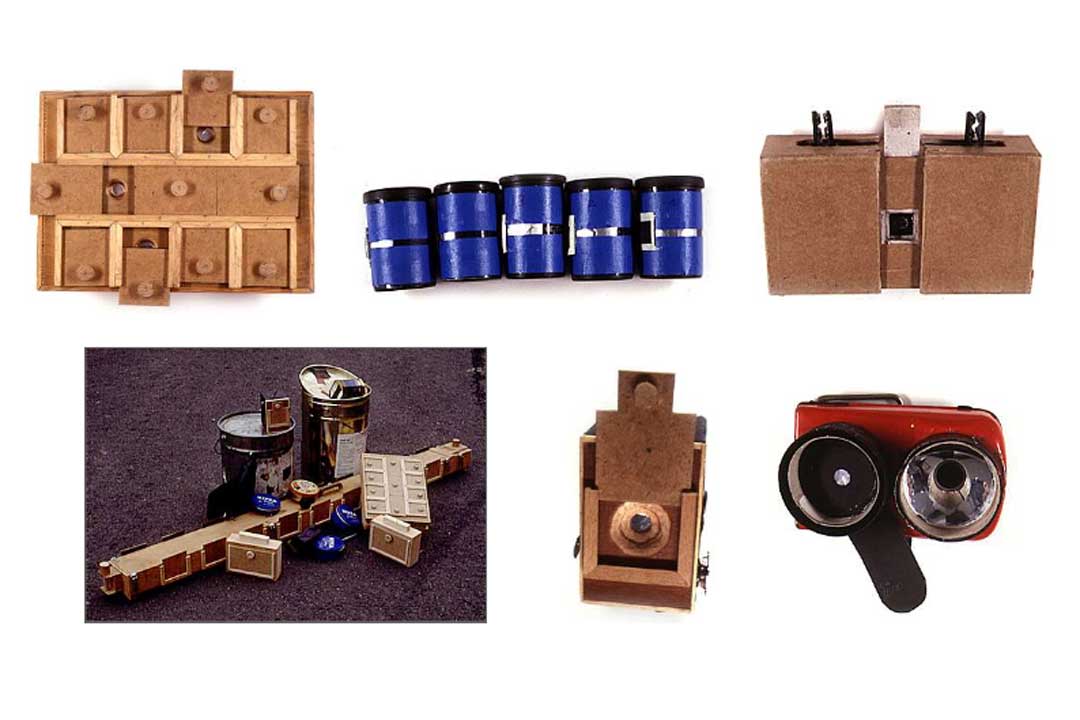
Medial Variety and Different Projects
In the last ten years I have produced a wide variety of artworks. On the one hand, of course, the already mentioned half-timbered houses, which were my last work at the moment, but in 2020 and 2021 I generally tried other new things. One example is the linocuts, which were inspired by a theme of a group exhibition. This was an extremely elaborate work, which eventually ended up in a collection in Friedrichshain Wissingen. Medially, I use various methods to produce art. For example, I made a video for the studio move-out and in 2015, on the occasion of the wave of refugees, I made an installation to commemorate the deportation under fascism. The series Flucticulus works with collages and objects of different kinds. At the same time, I worked not only on genius loci, this project dealt with movement in the image, and not only on the Flucticulus project, which explores movement as a wave, but also on the exhibition with more classical images in black and white. Apart from this, there are also products such as postcards, books and off set prints available for purchase in the shop. With my gallery owners, collectors and publishers, I have been publishing books on and off for many years. Books ensure that artworks are legitimately reproduced, as books are printed many times and do not hang in a museum as a unique piece of art. This makes them accessible to many more people, as books spread spatially across libraries, cities and countries.
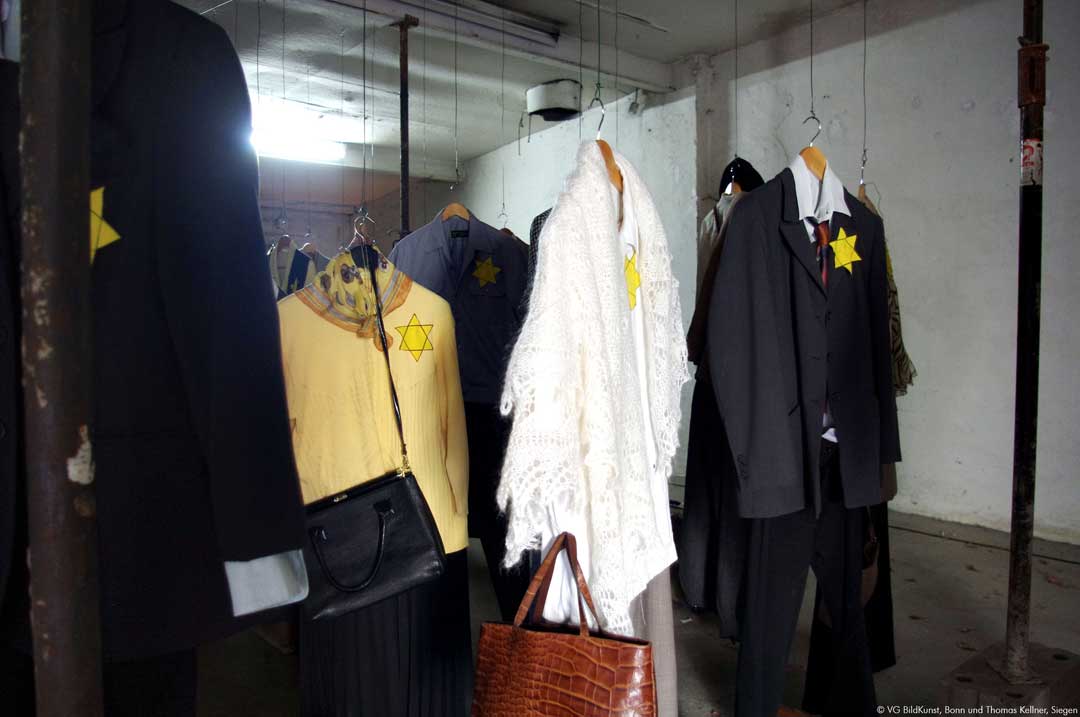
Products of the studio
When it comes to my products, the products of the studio naturally also play a role. These include the image rights and the fees for lectures and exhibitions. In Germany, it is unfortunately more difficult for us artists to sell picture rights, because the field of communication and design is much more active in this regard. I myself joined the VG Bildkunst and signed a contract there, the money earned from this contract can finance my incidental expenses, but paying artists is a difficult issue anyway. For young artists, it is very difficult to calculate what price you can charge as a beginner and what is usual in the industry. At that time, I myself was in a founders' seminar at the Association of Freelance Photo Designers, which dealt with the book "Basic Knowledge". For me as a young artist, such a hard-as-nails calculation was extremely helpful in providing orientation for my prices. In the meantime, of course, such calculation models are also available online
Commissions and the financing of projects
I started getting assignments relatively early on; one of my first jobs was photographing shoes for Goertz. But I didn't do much more in the way of commercial assignments, I tended to do deals, for example I photographed a building in Kreuztal for a menu. One nice job I can remember was for the savings bank. The photo series was intended to show culture and architecture from the Siegerland region. Seven pictures were created, which were published over a period of 7 years. As an artist, it is difficult to calculate one's income, because one plans for the money from the commissions at the beginning of the year, and if this then falls away, there is of course a financial gap at first. However, I have learned to integrate clients into the artistic freelance projects, because such large projects cannot be financed in any other way. I did the same with Flucticulus, but it has not yet been decided how the project will be financed. With such independent projects, a certain amount of money comes together; with genius loci it was around 50 or 60,000 euros. The way the companies are integrated into these projects also shows the entrepreneurs how attractive such projects can be. The projects tour the world, are in exhibitions, publications and press announcements, so it also brings a lot to the company if they can be integrated into these projects. What is also financially advantageous for us artists in terms of commissions, of course, is the fee that goes along with it and thus also supports the monthly salary. The monthly salary itself otherwise consists of the sale of pictures, picture rights, commissions and smaller jobs. What also presents me with challenges time and again are projects that are brought to me by former clients, but I take on these challenges with pleasure.
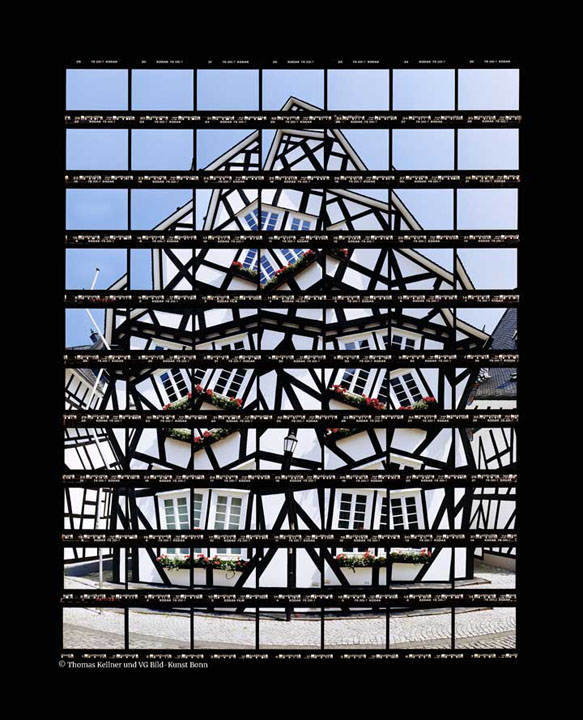
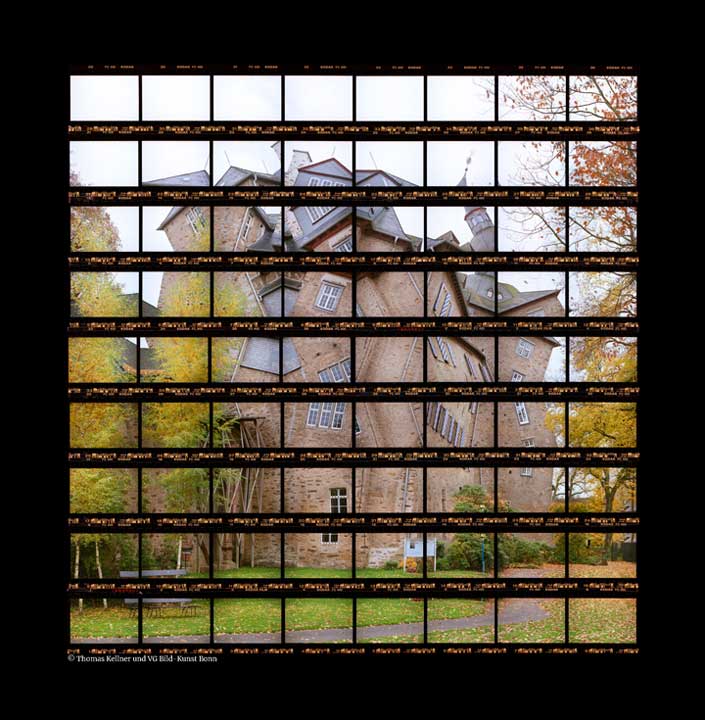
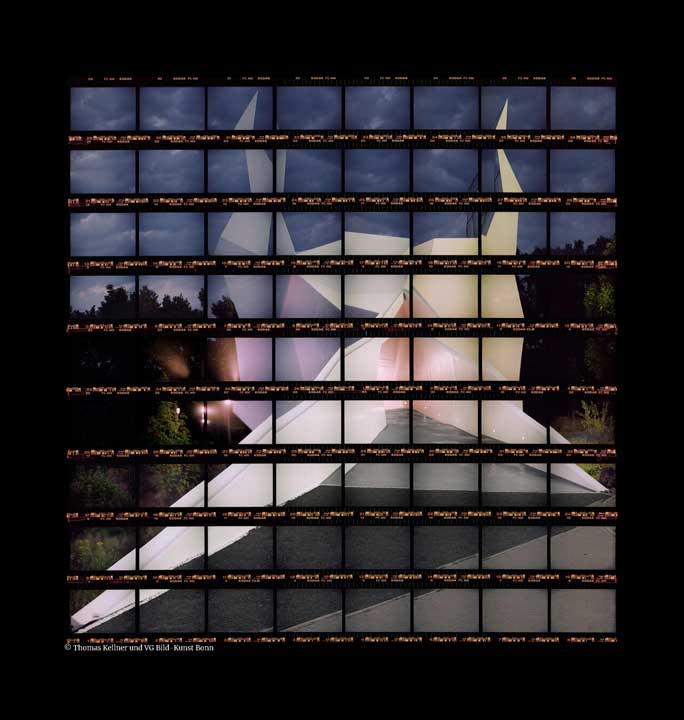
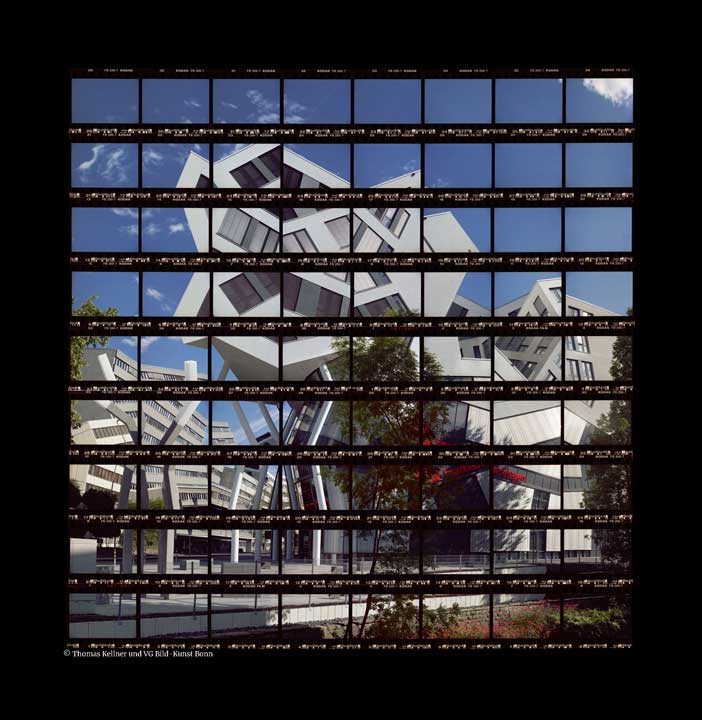
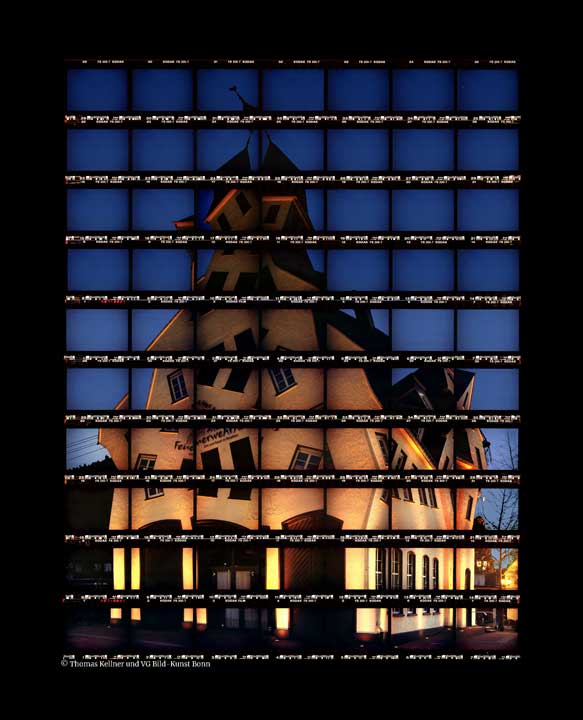
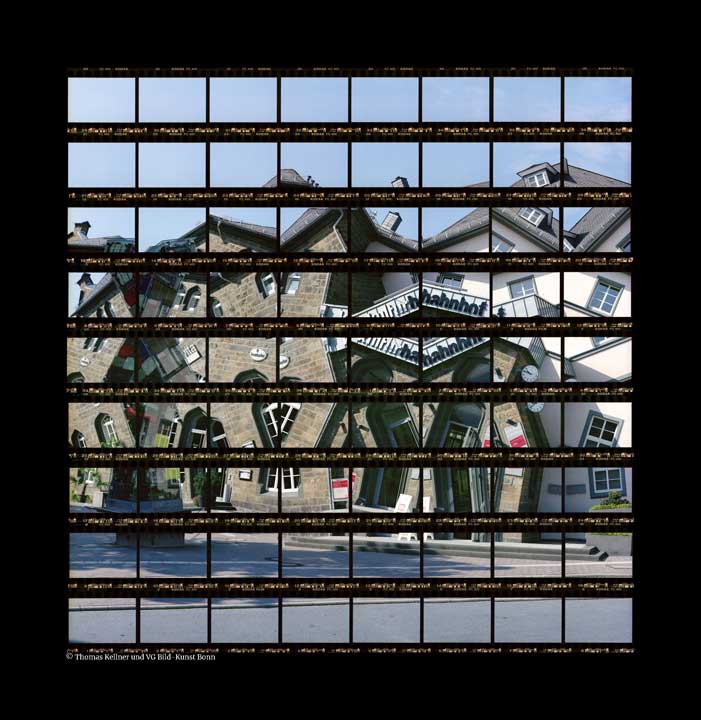
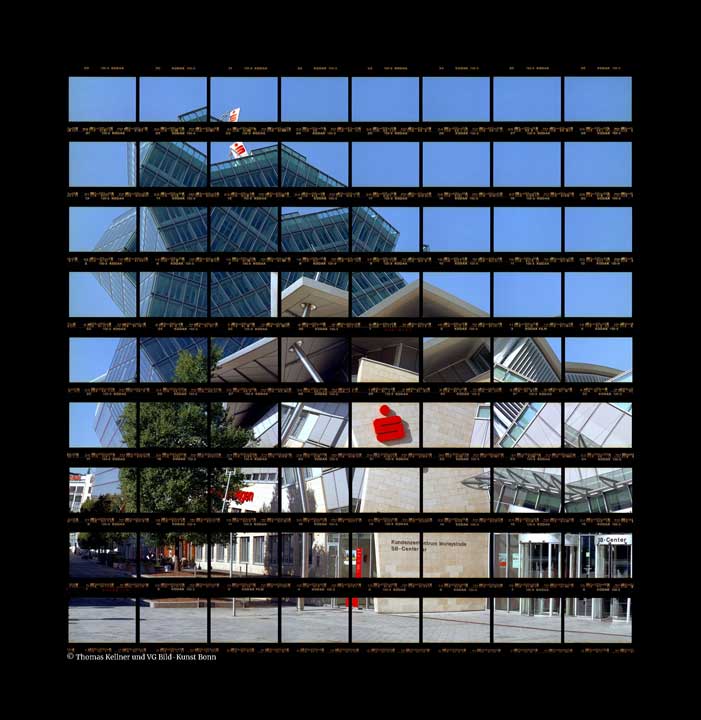
Author
Hannah Stöcking, 07.11.2001, Bottrop
Studies: Art History and Literature, Culture, Media
Internship: 2021 at Thomas Kellners Studio
Special Interests: Art, Literature, Music, Festivals & Concerts








